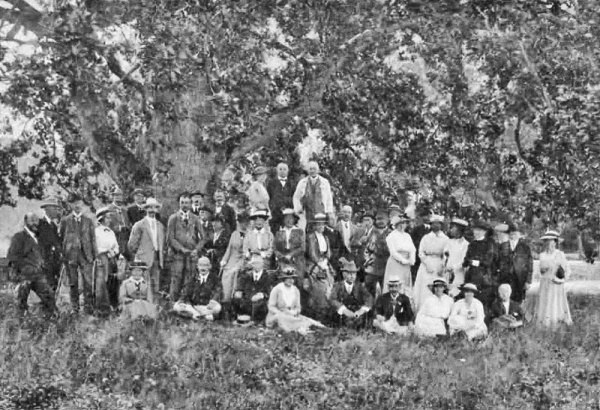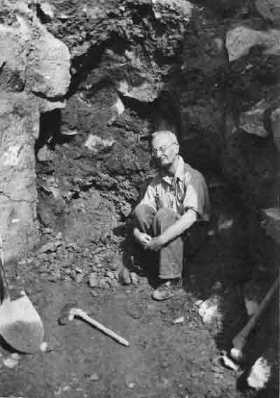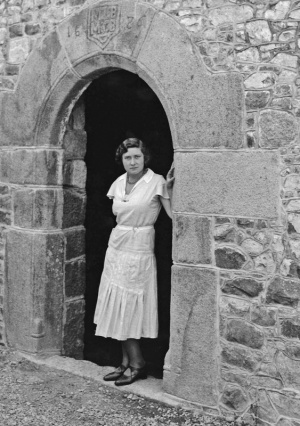
In January 1873, a group of prominent Islanders put their heads together and discussed creating an organisation that would protect the Island’s heritage and preserve its history and historic sites. Later that month they ratified their agreement and the Société Jersiaise was born. It was the only institution of its kind that pledged to protect the Island, and very quickly supporters donated buildings, money, and sites to its cause.
In 1893 the building at Pier Road was donated, and in 1919 the site of La Hougue Bie was purchased, and La Cotte also in 1955. Bit by bit the Société purchased dolmens and other important monuments, and also received gifts of the same. It was the Société’s foresight which preserved much of what we see today. One hundred years after its inception the Société was responsible for the history of the Island, most of its prehistoric sites, the preservation of the flora and fauna, and the local language, Jèrriais. It also maintained the museum in Pier Road. Jersey Heritage came into being in 1983 and took over the commercial side of the Société, running the museum and other sites, such as Elizabeth and Gorey Castles.
The Société continued its excellent work, preserving monuments, artifacts and artworks, and pursuing research through its Sections. The Société has 17 Sections dedicated to preserving the Island’s story. These include: archaeology, history, bibliography, ornithology, entomology, marine biology, and botany. Amongst other curios in its archives is the largest known collection of the Island’s moths.
The heroes of the Société are numerous. They gave their all without any expectation of reward. To name but a few: Father Burdo navigated his tricky path down to La Cotte and discovered the Neanderthal axes and mammoth bones.

Dr Arthur Mourant dug down into the mound of La Hougue Bie and found the Neolithic tomb. Major Rybot recorded, and stopped the destruction of at least two sites. Joan Stevens was a Société stalwart who spent years working on the irreplaceable tome Jersey Place Names.

Margaret Long risked life and limb to record the island’s botany. And since the 1920s the Ornithology Section have spent endless patient hours recording the Island’s bird life, producing their annual book the Jersey Bird Report.
The members continue to be as active as ever, helping with the building of the Long House at La Hougue Bie, researching the Island’s history, and geophysing the fields in St Clement to research Gallo-Roman remains. The natural history Sections spend hours observing insects, flora and fauna. The bibliographers have extensive libraries and are aware of every publication involving Jersey. The marine biologists have recorded dolphins and the advance of the slipper limpet, and have now created the Portelet Bay No-Take-Zone, a protected area where no biological material can be removed. This is one of only a few No-Take-Zones in the British Isles.
This year we have a chance to highlight our achievements, and the current activities of our Sections, along with the various departments: Archaeology, which is supervised by our own archaeologist, the Lord Coutanche Library, Publications and the Photo Archive, with photos dating back to the 1840s. Keep an eye on our new website which lists the celebrations the Société has planned over the course of this year. There are exciting discoveries in the archaeology field which we will be announcing, opportunities for the family, a conference discussing various aspects of Jersey since 1873, a Victorian Day at La Hougue Bie, and many other events.




